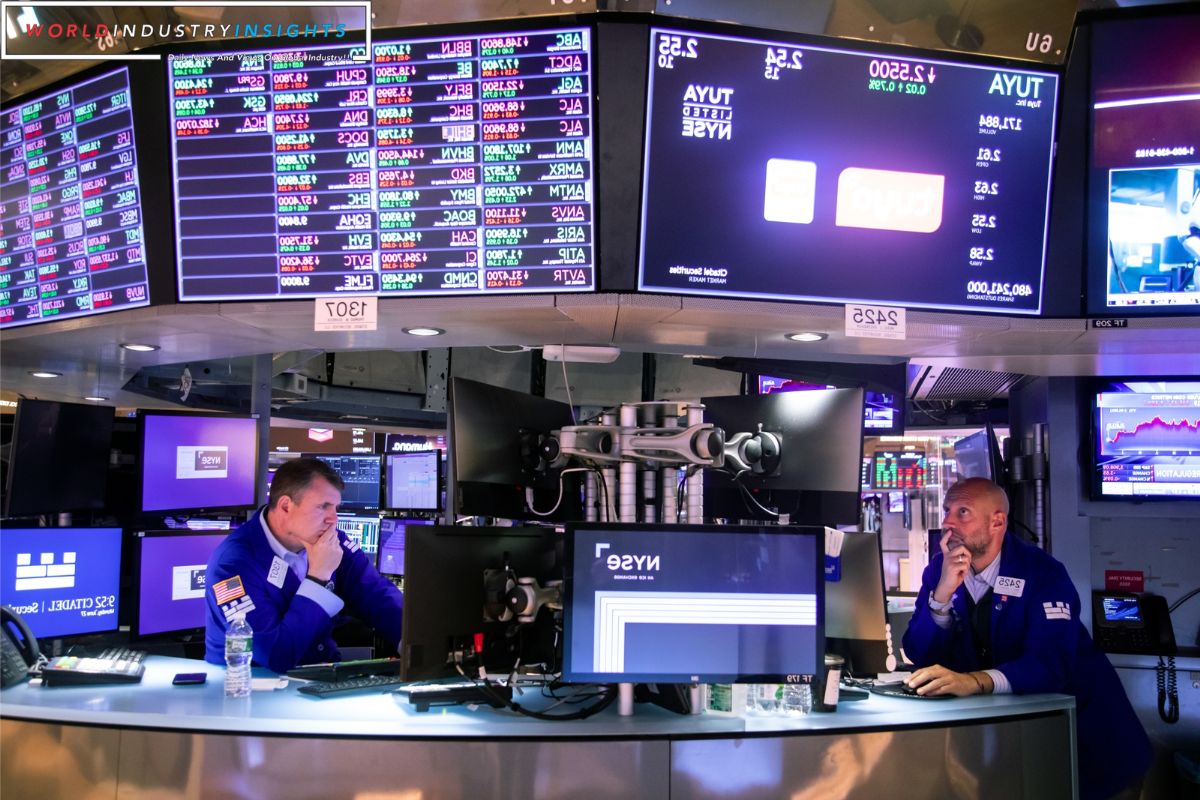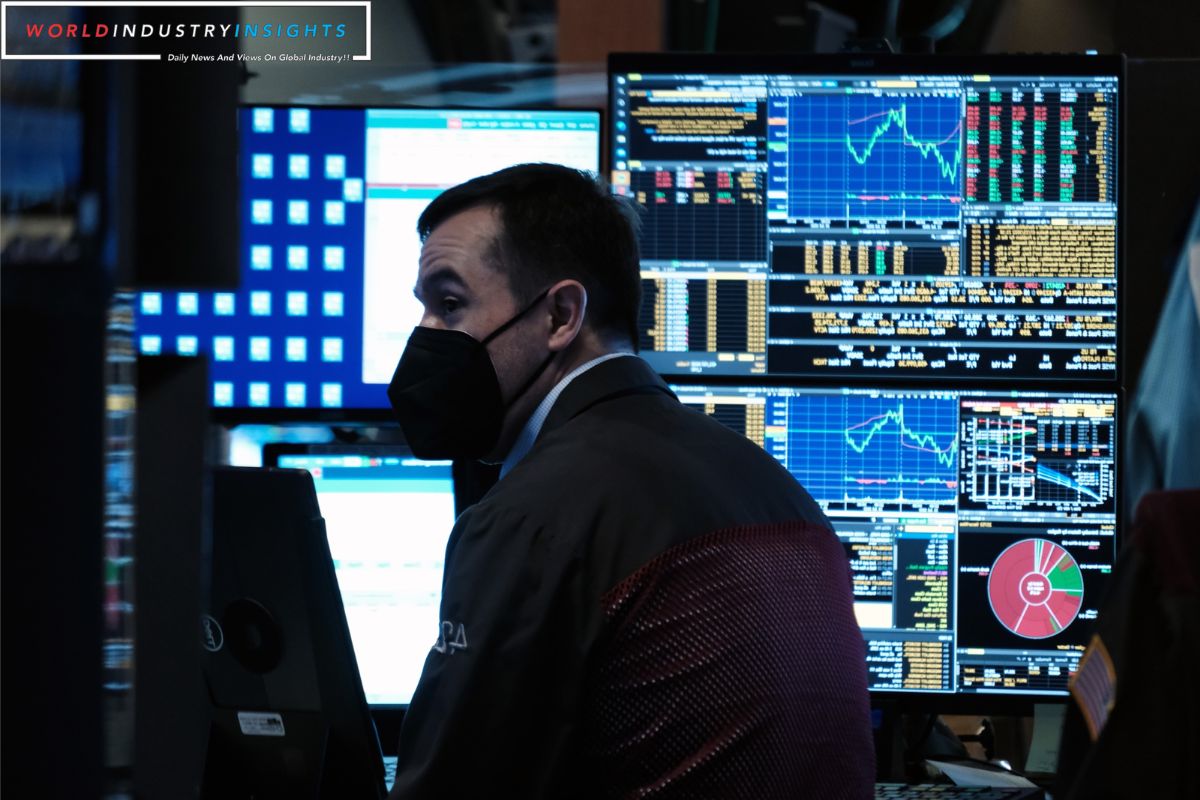Investors Eye 6T Dollar Cash: Investors, assessing the sustainability of the current market rally, are turning their attention to a significant factor: a substantial $6 trillion cash reserve on the sidelines. The surge in yields has drawn funds into money markets and short-term instruments, with many opting for the safety of these vehicles amid uncertainties surrounding the Federal Reserve’s battle against inflation.
As of December 6, total money market fund assets reached a record $5.9 trillion, as reported by the Investment Company Institute. However, the Fed’s unexpected dovish pivot on Wednesday could reshape the landscape. If borrowing costs decrease in 2024, yields are likely to follow suit. This may prompt some investors to shift cash into stocks and other riskier assets, while others may seek to lock in yields in longer-term bonds.
Historical data from BlackRock, dating back to 1995, reveals that after the last rate hike in a Fed cycle, cash has returned an average of 4.5% in the subsequent year. During the same period, U.S. equities saw a significant jump of 24.3%, and investment-grade debt increased by 13.6%. Charles Lemonides, portfolio manager of hedge fund ValueWorks LLC, notes that clients holding substantial cash are recognizing the need to take action, marking the beginning of a self-perpetuating cycle.
Recent market movements suggest that the rush to recalibrate portfolios may already be underway. Benchmark 10-year Treasury yields have fallen approximately 24 basis points since the Fed meeting, reaching 3.9153%, the lowest since late July. Meanwhile, the S&P 500 has climbed 1.6% since the Fed’s decision on Wednesday, standing less than 2% below a record high and boasting a nearly 23% gain for the year.
Flavio Carpenzano, fixed-income investment director at Capital Group, suggests that if investors believe the Fed has concluded its hiking cycle, it’s time to deploy cash given the available opportunities.
Also Read: Market Ballet: Investors Tread Softly Amid Inflation Nerves and Feds Grand Performance
However, not all cash in money market funds may be readily available for investment in stocks and bonds. Some is held by institutions for cash purposes, according to Peter Crane, president of Crane Data. Adam Turnquist, chief technical strategist for LPL Financial, points out that historical trends indicate a significant portion of cash in money markets tends to stay put even as rates decline.
While money market assets are at record highs, their proportion relative to the S&P 500 is smaller compared to past peaks. Currently standing at around 15.5%, this is in line with the long-term median and well below the 2009 record high of 64% following the global financial crisis.
Despite concerns about the speed of the recent market gains, investors’ appetite for risk remains evident. In the options market, traders are avoiding protection against a near-term stock drop, even with attractive hedge prices from a historical perspective. The Cboe Volatility Index, reflecting demand for insurance against market swings, has hit pre-pandemic lows, indicating a lack of interest in buying insurance.
Chris Murphy, co-head of derivative strategy at Susquehanna Financial Group, highlights the market’s vulnerability to a sharp reversal in the absence of defensive positioning. However, Jason Draho, head of asset allocation, Americas, at UBS Global Wealth Management, acknowledges the ample liquidity in the market, cautioning about the potential limits to further upside after the swift gains in both equities and stocks over the past six weeks.
Our Reader’s Queries
How much cash should an investor have?
When it comes to investing, a good guideline is to keep 2% to 10% of your portfolio in cash or cash equivalents. However, this can vary depending on your unique situation.
How much money is sitting in money market funds?
Money market funds currently hold almost $6 trillion in assets.


